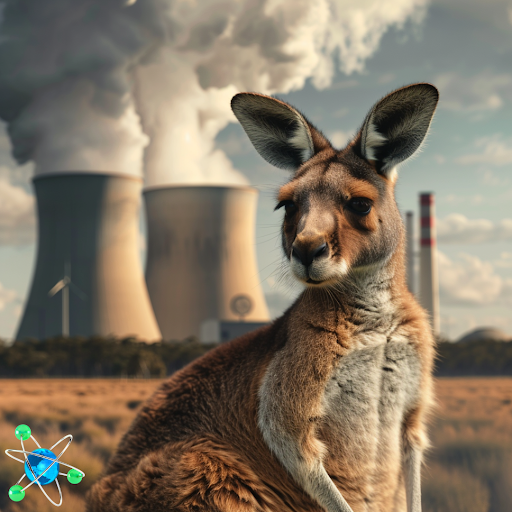
- Australia’s transition from fossil fuels to renewable energy is hindered by political divisions between major parties.
- Public support for nuclear energy has increased, with proposals to build nuclear power plants by 2035 amidst high fossil fuel dependence.
- Significant opposition exists due to concerns over costs, feasibility, and the influence of fossil fuel industry lobbyists.
Though the climate change crisis is a global problem, it requires the contributions of as many individual countries as possible. However, many nations face political challenges to come to a consensus on combatting climate change. In Australia, divisions between two major political parties have resulted in clashing policies on optimizing the transition from fossil fuels to renewable energy sources.
A History of Australia’s Energy Industry
For decades, Australia has been staunchly against nuclear power, and until recently, there was a ban on nuclear. However, geopolitical tensions and rising consumer demand for electricity have prompted a need for cheap, reliable, and stable energy supplies. In 2021, then-Prime Minister Scott Morrison agreed to the landmark AUKUS partnership with the United Kingdom and the United States to boost security ties between the three countries. Among the primary goals was improving its submarine fleet with modern nuclear-powered submarines. Its island nature requires a more technologically advanced navy to combat rising tensions in the Indo-Pacific. Public opinion has only shifted further in favor of utilizing nuclear energy. A Lowy Institute poll found that 61% of Australians either strongly or somewhat support the usage of nuclear power to help generate electricity, and almost 65% of Australians still support nuclear-propelled submarines.
Why Transition to Nuclear Energy?
According to the Associated Press, previous Labor Party-led coalition governments promised to reduce emissions by about 27% below 2005 levels by 2030, and the current coalition upped that goal to 43% and signed it into law. However, the opposition, led by Peter Dutton, believes that these goals are unattainable, arguing that current decarbonization policies utilizing solar, wind, and hydrogen energy sources would not work. Instead, he proposes to begin construction on nuclear power plants by 2035, building seven in total. Currently, Australia only has one nuclear reactor, used for medical purposes in Sydney. Dutton’s groundbreaking plan also comes at a time when Australia’s dependence on fossil fuels is at harmfully high levels. Due to its abundance of fossil fuels, it has historically been a large greenhouse gas emitter. In 2021 and 2022, it ranked 10th among all countries on a per capita basis.
Why Keep the Status Quo?
Dutton’s proposal faces significant pushback from both the private and public sectors. Climate Change and Energy Minister Chris Bowen accused the Liberal Party of succumbing to Australia’s powerful coal and gas industry lobbyists by impeding renewable energy progress. In addition, he claimed that nuclear power generation is overly expensive, requiring the decommissioning of too many coal-fired generators to replace them with nuclear power plants. The Guardian also reported that Dutton has yet to disclose the costs of such an ambitious plan, which, according to the Australian Conservation Foundation (ACF), would cost billions of dollars in government subsidies. Dutton’s proposed plant sites have also come under fire as questions surrounding geographic locations, water sites for cooling, and storage facilities have populated.
Will the Parties Come to An Agreement?
While both parties have widespread support, it is unlikely they will reach a compromise, as Australia’s energy policy will be dictated by whichever party wins the forthcoming election. History has indicated that the parties have differed on carbon reduction policies since 2007 and have repeatedly clashed. For example, the Labor Party introduced and passed a carbon tax in 2012, which was immediately repealed when a Liberal Party-led government took power just two years later. However, Australia’s large uranium industry, accounting for nearly a third of global uranium reserves, keeps the government well-positioned for a pivot towards nuclear energy development.

